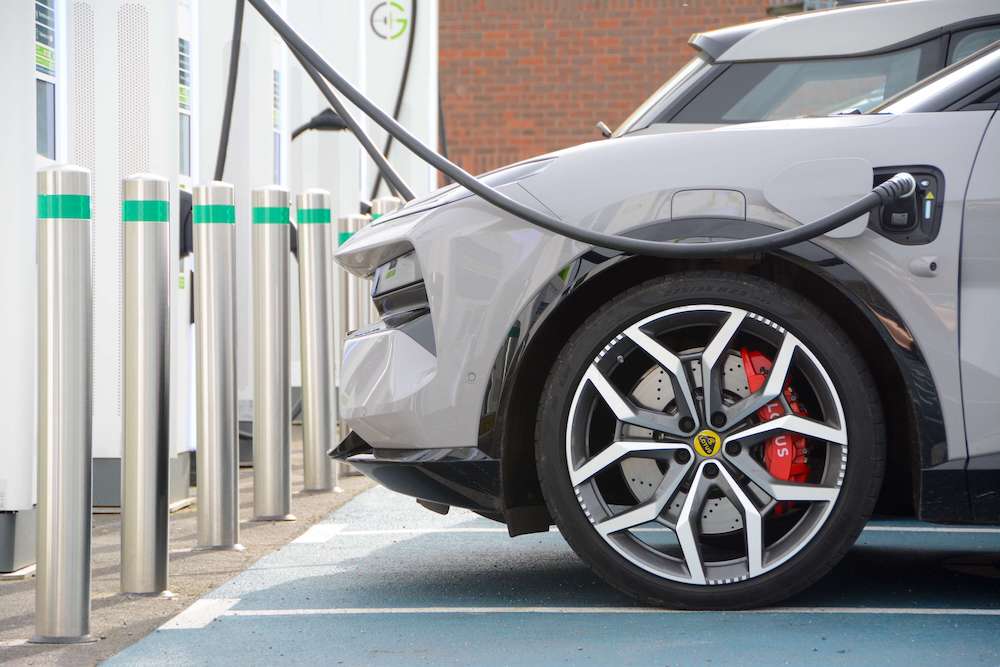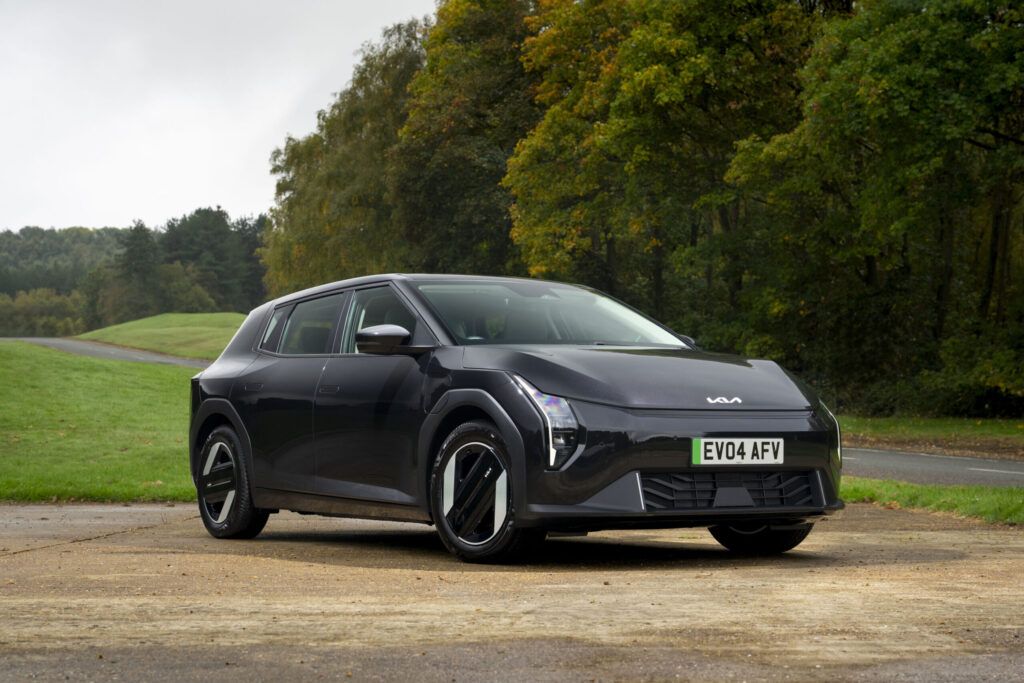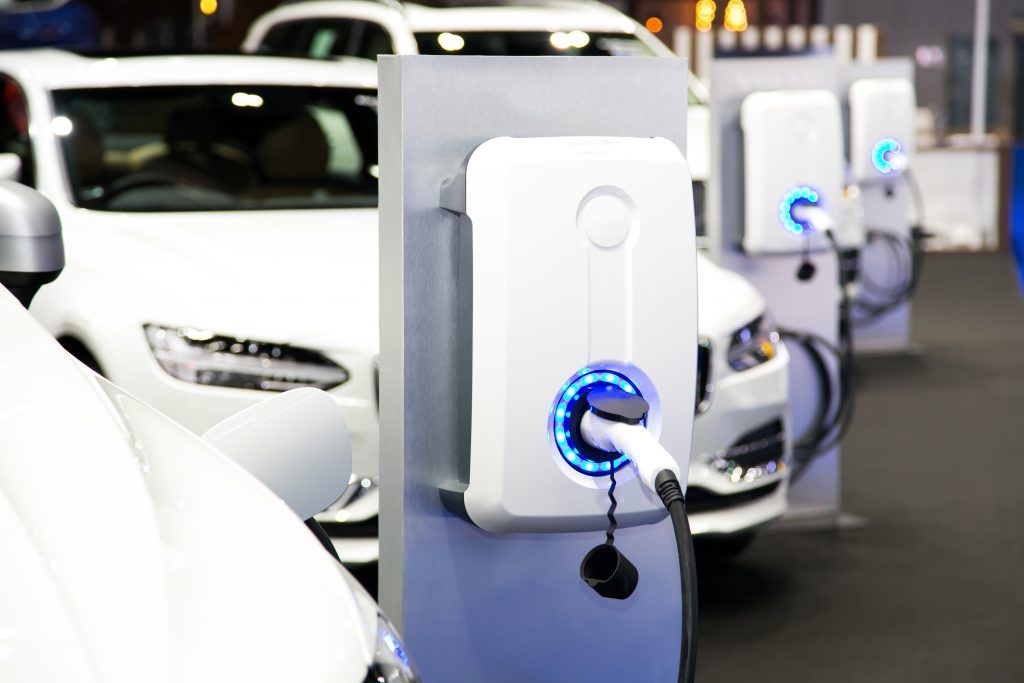EV manufacturer BYD has recently announced that it is installing chargers that can refuel as quickly as petrol cars. But will it happen in the UK?
The ‘megawatt flash-chargers’ can deliver around 250 miles of range in five minutes to BYD EVs that can accept that level of power, which is more than four times faster than the typical chargers on Tesla’s Supercharger network.
Even if BYD doesn’t install its chargers in the UK, there are plans to install chargers here with similar power for HGVs. But such chargers can take a long time to get grid connections in the UK – a number of years in some cases. So what can be done to speed up the installation timescales – and to reduce the costs?
One solution to reduce the size and the cost of the grid connection for new charging infrastructure is ‘load balancing’ – distributing power across multiple charging stations to optimise charging capacity and reduce the load on the grid, according to CrowdCharge.
But new technology that is more effective for managing megawatt and ultra-rapid chargers has now been launched, harnessing artificial intelligence (AI) to deliver more intelligent energy compression than traditional load balancing, it said.
The new technology from CrowdCharge can reduce the need for grid upgrades by using digital twin simulation during the planning stage of new charging projects, as well as helping to reduce energy costs and emissions during the operational phase.
It can also optimise the revenue that can be made by providing grid services from charging projects that include elements such as battery storage and solar. The CrowdCharge technology has already been proven in real-world settings, the company claimed.
The technology from CrowdCharge enables organisations such as charge point operators, fleets and local authorities to view a unique ‘digital twin’ of their low carbon technologies, with the ability to add new elements and see the impact on installation costs.
Its platform can evaluate many different complex variables, including multiple sites, reducing the need for grid upgrades for locations, and simulating the impact of vehicle to grid (V2G) charging. By optimising energy use and maximising flexibility, CrowdCharge can also reveal the scale of new revenue opportunities from grid services.
CrowdCharge is a partner in the Innovate UK V2VNY vehicle to grid (V2G) project which is trialling V2G using AC (alternating current). Its technology was previously validated in the Electric Nation smart charging and V2G projects.
Mike Potter, CEO of CrowdCharge, said:
“Megawatt chargers have the potential to revolutionise how quickly you can charge next-generation electric cars, as well as electric trucks, but the installation of such chargers can be subject to significant delays due to grid connections taking a number of years in many cases.
“But thankfully there’s a solution: new AI simulator technology can create a digital twin of a future project, allowing installers to reduce the scale of new grid connections, save energy costs, and unlock revenue from grid services.”
Image courtesy of CrowdCharge








